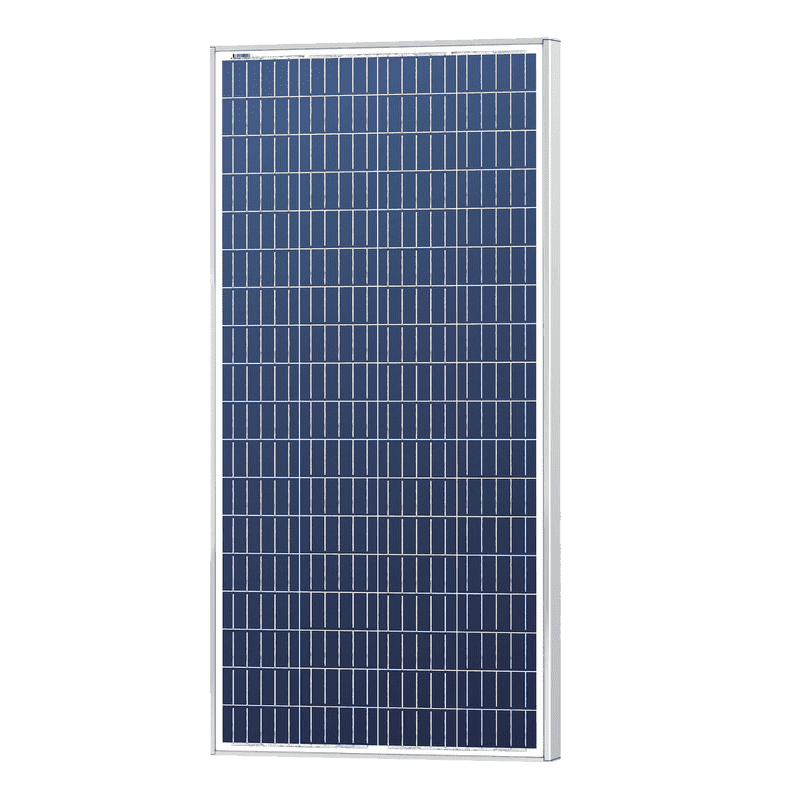HarryN
Solar Addict
Hi, my wife is on oxygen for a bit recovering from a procedure.
She will be fine, so not a super big deal.
So they sent us home with an oxygen generator and spare oxygen tanks as "backup" in case the grid power goes down or something else fails.
This is all fine, but if I am out and the power goes out, then at least in theory there would not be anyone to re-plumb it over to the tank.
Also the label on the back of the oxygen generator indicates that it is using 300 watts, so I am thinking about setting up to supply some of this from solar.
I temporarily added a small power system to it all - - sort of like a UPS type use.
Thinking about adding ~ 1 kW of panels on the morning side of the house, and another ~ 1 kW of panels facing the late afternoon.
So to do this legally, I am assuming that I will need to add the whole external shut down arrangement for fire code ?
The system is set up to accept a nominal 24 volt type panel voltage, so 30 - 40 VDC from the panels.
I am not wanting to sell power to the grid - nor to tie it into the main panel if at all possible. I just want to feed solar power ( ~ 30 - 40 volts) from the panels to the power system to help run this particular point of use load.
Any suggestions for how people typically run the solar panel wires into the house and a simple way to implement any rapid shut down (for California) is appreciated.
I might just keep this setup going even after the oxygen generator aspect goes away.
Thanks
Harry
She will be fine, so not a super big deal.
So they sent us home with an oxygen generator and spare oxygen tanks as "backup" in case the grid power goes down or something else fails.
This is all fine, but if I am out and the power goes out, then at least in theory there would not be anyone to re-plumb it over to the tank.
Also the label on the back of the oxygen generator indicates that it is using 300 watts, so I am thinking about setting up to supply some of this from solar.
I temporarily added a small power system to it all - - sort of like a UPS type use.
Thinking about adding ~ 1 kW of panels on the morning side of the house, and another ~ 1 kW of panels facing the late afternoon.
So to do this legally, I am assuming that I will need to add the whole external shut down arrangement for fire code ?
The system is set up to accept a nominal 24 volt type panel voltage, so 30 - 40 VDC from the panels.
I am not wanting to sell power to the grid - nor to tie it into the main panel if at all possible. I just want to feed solar power ( ~ 30 - 40 volts) from the panels to the power system to help run this particular point of use load.
Any suggestions for how people typically run the solar panel wires into the house and a simple way to implement any rapid shut down (for California) is appreciated.
I might just keep this setup going even after the oxygen generator aspect goes away.
Thanks
Harry
Last edited:







